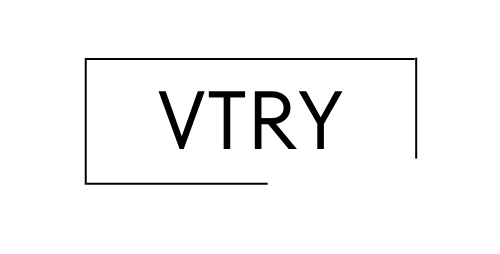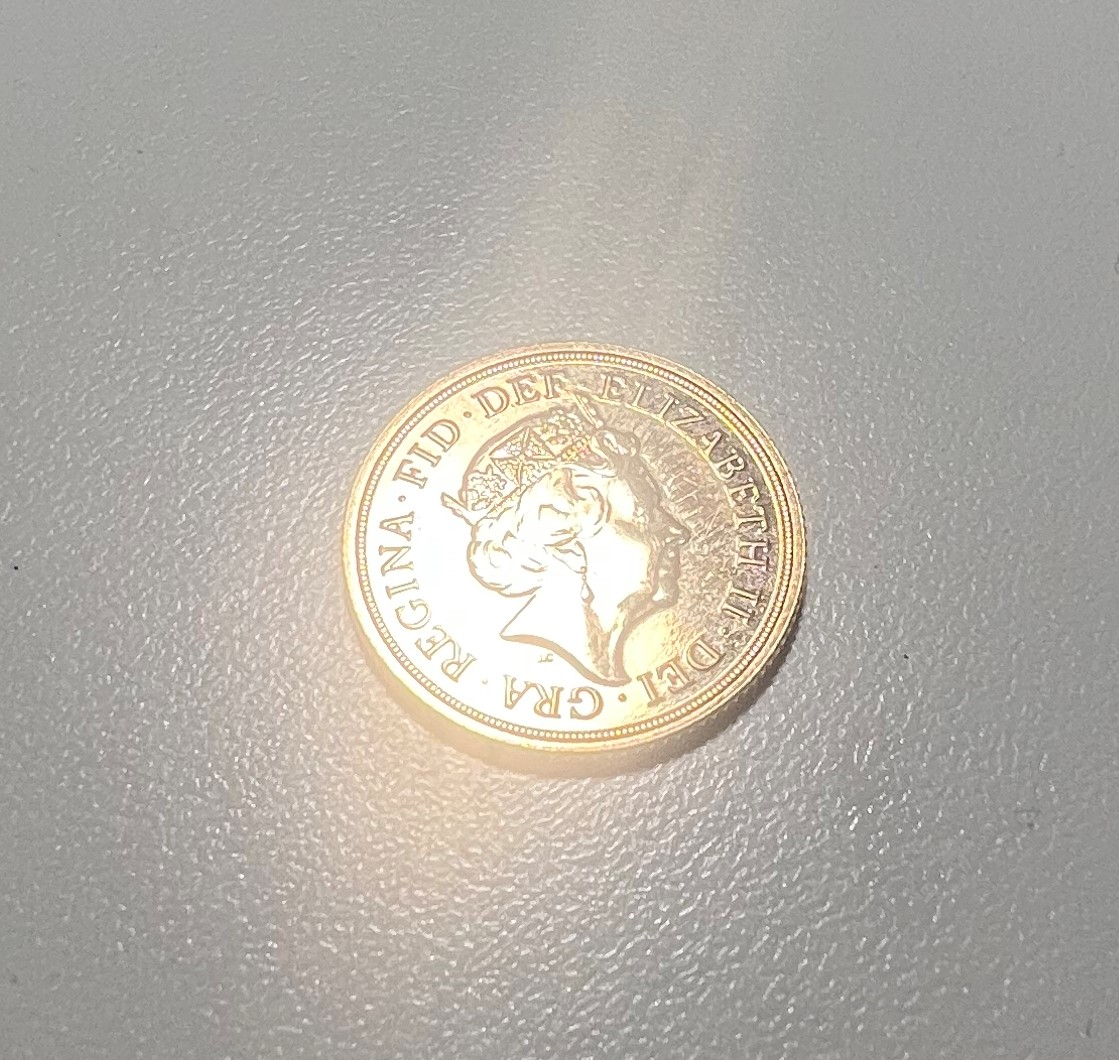Who was Peter Carl Fabergé
Before we move on to Queen Elizabeth’s Fabergé Eggs, let’s get to know better Peter Carl Fabergé. Peter Carl Fabergé established himself as the greatest Russian jeweler and goldsmith of the late 19th and early 20th centuries. In 1885, he was appointed goldsmith and jeweler to the Russian imperial court. Today, Carl Fabergé is most famous for many Imperial Easter Eggs that he designed for the Russian royal family.
Cooperating with the Royal Family
The series of Imperial Easter Eggs came about when Emperor Alexander III commissioned an Easter present from Fabergé for his wife, Empress Maria Feodorovna. This jeweled egg, known as the Hen Egg, was made of white enamel with a gold band wrapped around it in the middle.
In the following three decades, Fabergé would produce an Imperial Easter egg each year for Alexander III to gift his wife on Easter. Alexander III died in 1894; however, his son kept the tradition alive. He raised the stakes, commissioning from Fabergé two eggs a year to gift to both his mother and wife on Easter.
The Royal Family Kept on Ordering, Maintaining the Easter Tradition
Each egg crafted by Fabergé was entirely unique and made from a variety of materials, ranging from rock crystal to three-colored gold. These eggs were always beset with the most precious gems and stones, such as pearls, diamonds, and emeralds. They ranged in size, and some even opened to reveal a surprise.
Even while these eggs were amid production, they were described as artistically innovative. In 1916, the final Imperial Fabergé Eggs were crafted, and due to the political circumstances at the time, they reflect a very unstable moment in history. In 1918, the Russian royal family was executed, and Fabergé himself abandoned his workshop and fled to Switzerland, where he died two years later.
The Imperial Eggs are signature pieces of Fabergé, and to this day, they remain his best-known creations.
Peter Carl Fabergé
Born May 30, 1846
Death September 24, 1920
Nationality Russian
Does Queen Elizabeth Own Any Fabergé Eggs?
Fabergé also had as many as 600 other creations apart from the Imperial Eggs, ranging from cigarette cases to animal sculptures, presentation boxes, flower carvings, jewelry, and photograph frames.
These creations, together with the Imperial Eggs, have created one of the most important Fabergé collections in the world. Being collected by the British Royal Family long after his passing, they constitute what is known as the Royal Collection.
This collection is owned by Queen Elizabeth II and is overseen by the Royal Collection Trust. The Royal Collection Trust, is a registered charity that was founded in 1993 to conserve precious artworks and enhance the public’s understanding and appreciation for art. The Queen of England owns some of the Royal Collection in the right of the crown, and some as a private individual.
It has been confirmed by the Royal Collection Trust that all pieces left to Elizabeth II by her mother belong to her personally and included in this are the works of Fabergé.
How Many Fabergé Eggs Does Queen Elizabeth Own?
Queen Elizabeth owns four Imperial Eggs, namely the Colonnade Egg Clock, the Basket of Flowers, the Twelve Panel, and the Mosaic Egg. The design and materials of each egg can be found below:
Colonnade Fabergé Egg
Year delivered 1910
Materials used Gold, silver gilt, bowenite, platinum, diamond, and guilloche enamel
Height 11 inches
Width 6.7 inches
Surprise No surprise, as it is a clock egg.
Basket of Flowers Fabergé Egg
Year delivered 1901
Materials used Parcel gilt, pearls, silver, oyster guilloche and blue enamel, gold, and hundreds of opaque multi-colored emeralds and diamonds.
Height 9.1 inches
Width 3.9 inches in diameter
Surprise Unknown
Twelve Panel Fabergé Egg
Year delivered 1899
Materials used Diamond, enamel, and gold
Surprise Was lost
Mosaic Fabergé Egg
Year delivered 1914
Materials used Platinum, gold, enamel, diamond, and various gems
Width 3.7 inches
Height 2.8 inches in diameter
Surprise A group portrait of the imperial children
What Is the Most Expensive Fabergé Egg the Queen Owns?
Among Queen Elizabeth’s collection of Fabergé Eggs, the most expensive is the Mosaic Egg. In 1933, when the egg was last sold, the selling price averaged a total of $2,500. Today, the value of this egg now stands at approximately $55,000.
How Did the Queen Get Her Fabergé Eggs?
Queen Elizabeth’s Fabergé Eggs were acquired in 1953 when she inherited them from Queen Mary of Teck, her mother. As already mentioned, all pieces that were left to the Queen by her mother personally belong to her, according to the Royal Collection Trust.
How Much Are the Queens Fabergé Eggs Worth?
Queen Elizabeth’s Fabergé Eggs are regarded as some of the most expensive eggs in the world. There are three reasons why these eggs are so costly:
- They compromise some of the most precious materials and gemstones.
- These Imperial Eggs are rare and highly collectible items.
- They have a rich history and are associated with wealth and luxury.
Experts have estimated a single Fabergé Egg to be valued at around $33,000, a price that would need to be quadrupled to determine the worth of Queen Elizabeth’s Fabergé Eggs as a whole.
How Many Fabergé Eggs Does the Royal Family Own?
Almost every Fabergé piece in the Royal Collection was acquired as a gift that was exchanged among the Danish, Russian, and British royal families. In the 1930s, and after the death of Peter Carl Fabergé, Queen Mary and King George V obtained three Fabergé Eggs – the Colonnade Egg Clock, the Basket of Flowers Egg, and the Mosaic Egg.
In 1933, King George V of the United Kingdom presented the Twelve Panel Fabergé Egg as a Christmas present to his wife, Queen Mary of Tech.
Today, these real Fabergé Eggs remain part of the Royal Collection of Queen Elizabeth II.
Are There Any Fabergé Eggs in the UK?
The United Kingdom is lucky enough to have several real Fabergé Eggs on display. The Royal Collection Trust, situated in the city of London, possesses three of Queen Elizabeth’s authentic Fabergé Eggs – the Mosaic Egg, the Basket of Flowers Egg, and the Colonnade Egg Clock. If you want to see these masterpieces, you can purchase tickets to the Queen’s Gallery located on Buckingham Palace Road.
While this exhibition is now closed, it is worthy of mention. In November, Victoria and Albert Museum announced the Fabergé in London: Romance to Revolution exhibition. This was one of the first-ever exhibitions devoted to this Russian goldsmith and the importance of his London branch.
Three of Fabergé’s most exquisite eggs, alongside other masterpieces, were on display for the first time. The collection included the Romanov Tercentenary Egg from 1913, the Alexander Palace Egg from 1908, and the Moscow Kremlin Egg from 1906. Another egg that was also featured was the Alexandra Feodorovna’s Basket of Flower Egg, which was lent on behalf of Her Majesty the Queen from the Royal Collection.
Conclusion
If these original Fabergé Eggs have recently gained your attention or have been sparking your interest for quite some time, then you should have a look at our replica store. Here, you can order your very own replica of your most favorite Fabergé Egg replica or all of them; the choice is yours! Bring the expedition straight to your doorstep with replicas almost identical to the original Fabergé Eggs on display.
My name is Sasha, I’m a father of two. Work in the tech industry. For fun I am running a small business in addition to that, sometimes I write and edit content regarding topics that interest me like: entertainment, tech, finance and art.

